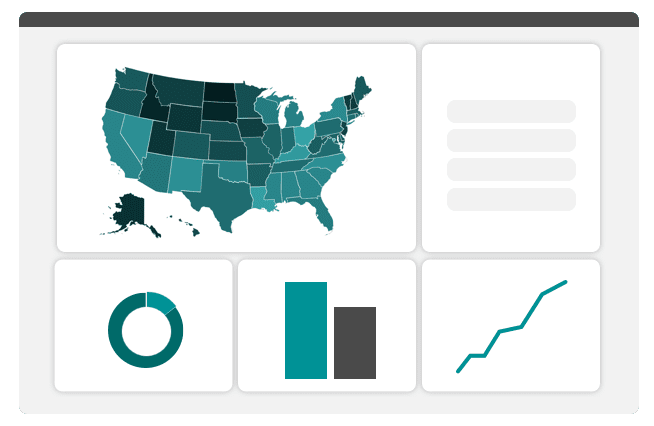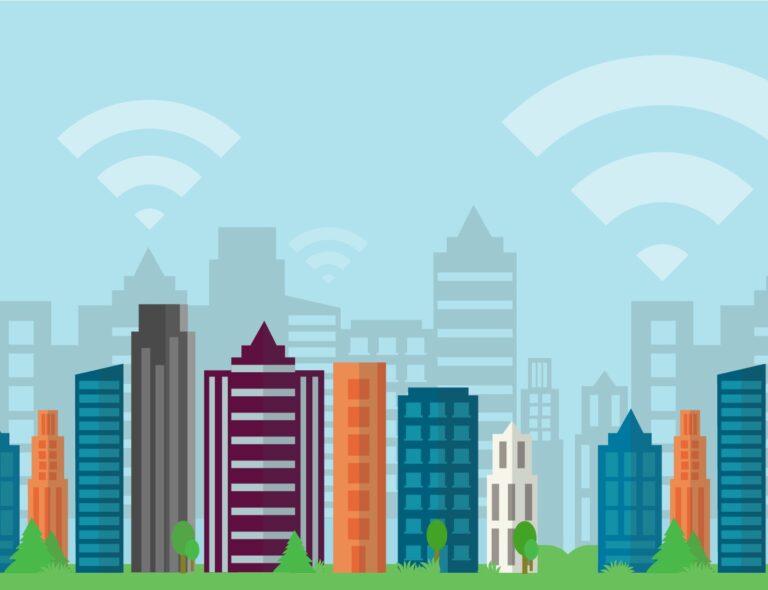A new school year means new opportunities, ambitious learning goals, and heightened prospects for kids, but for millions of our nation’s students, those opportunities come with an asterisk. Lack of high-speed Internet prevents teachers and students from taking full advantage of the transformational power of digital learning and leaves millions of kids on the wrong side of the digital divide. If we intend to prepare students for the jobs of the modern economy, ensuring high-speed broadband access is a crucial first step.
For lucky kids, the K-12 digital divide will soon be a memory, thanks to bold leadership from their governors to make high-speed broadband a priority and take steps to close the connectivity gap in their schools. For example, by overhauling the aging Arkansas Public School Computer Network this summer and increasing bandwidth to schools by 40x, Governor Hutchinson ensured that all students across Arkansas will have access to the same vast universe of knowledge. In Georgia, Governor Deal improved K-12 connectivity through the state’s education network, increasing bandwidth from 15 Mbps to 100 Mbps per school. This means that Georgia’s students will no longer be trying to learn tomorrow’s skills with yesterday’s tools.
High-speed broadband equalizes educational opportunity and accelerates learning. If we connect every classroom, both inner city students and their suburban neighbors alike will be able to access the same learning opportunities. Plus, bold commitments like New York City Mayor Bill DeBlasio’s to bring computer science courses to all of the city’s public schools will become a reality. Teachers of every subject and grade level will be empowered to use digital tools to personalize instruction to the needs of each student. A young girl growing up in rural America will be able to take AP classes, even if her school is too small to offer them. No longer will lucky students engage a universe of digital learning while millions languish in a bandwidth bottleneck.
We’ve made substantial progress in closing the K-12 digital divide over the past three years, but there is still work to do to meet the growing demand for classroom broadband and bring the vision of connected classrooms to life. Just last year, the Federal Communications Commission took bold steps to ensure that every kid has the same opportunities by modernizing the E-rate program, which provides broadband funding to schools and libraries. As a result, $2.5 billion per year in new funding is now available to close the K-12 connectivity gap once and for all. Equally importantly, we now have the school connectivity data needed to hold states and school districts accountable for upgrading our schools.
Now it’s time to finish the job. Governors and state leaders must seize this unprecedented opportunity to bring their schools into the 21st century — inspiration can be found in states across the country. In New York, Governor Cuomo created a dedicated fund called the Smart Schools Initiative to get classrooms anywhere in the state online. In California, Governor Brown recognized the need for fiber connectivity to all schools and devoted resources to getting the job done. Meanwhile, Governor Christie was able to help schools afford the broadband they need by aggregating purchasing among New Jersey school districts. And Governor McCrory implemented a Wireless Classroom Initiative to ensure that student learning in North Carolina is not interrupted due to poor Wi-Fi connections.
These leading governors are taking action to upgrade schools because they understand that K-12 connectivity is critical to growing their economies, ensuring the best-trained workforce, and attracting the jobs and industries of the future. They understand the vital connection between high-speed connectivity, digital learning, and a more prosperous economy. We now rank 35th in math and 27th in science compared to other developed nations, but we can do better. With cutting edge learning technologies becoming available and federal resources now in place, we have the chance to provide access to millions of students and bring opportunity back to our schools. Only when all of America’s classrooms have access to the advantages afforded by digital learning can we retake the lead in education again. Broadband is the crucial first step to building the best schools imaginable. It’s time for our states and governors to act to make that vision a reality.
Originally posted on LinkedIn.






